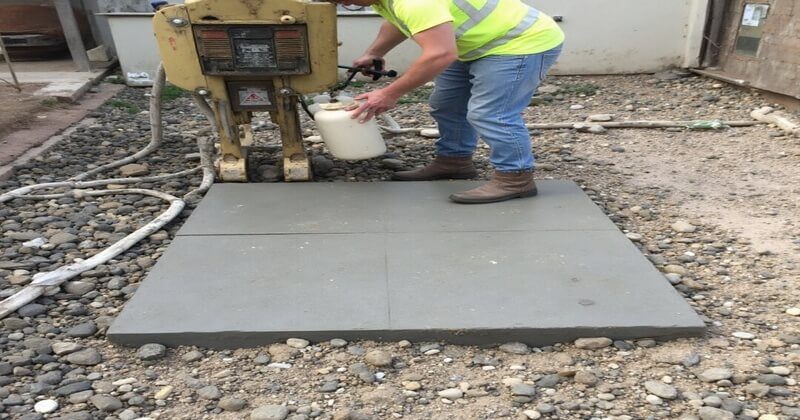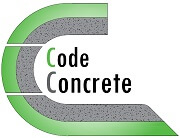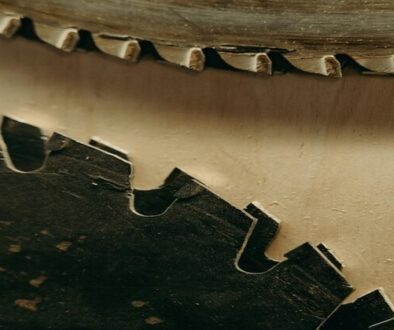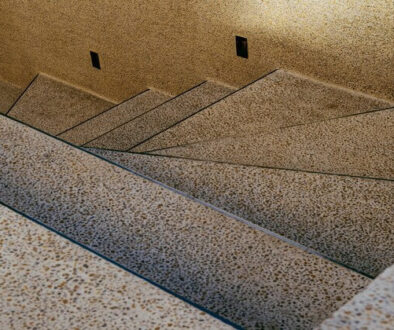Foam Slabjacking for Sunken Slabs: The Smart Concrete Repair Solution

Last updated on July 20th, 2025
Sunken concrete slabs are a headache for many property owners. A walkway that dips, a driveway with an awkward slope, or a patio that no longer sits flat all signal trouble below the surface. These issues spoil curb appeal, lower safety, and can lead to bigger repairs if ignored.
In the past, fixing sunken slabs meant tearing out concrete and pouring new. Some tried mudjacking, a process using heavy slurry to prop up the slab. Still, both approaches have drawbacks: they’re messy, loud, and can take ages. Today, foam slabjacking is changing the concrete repair game. This method uses high-density polyurethane foam to lift and stabilize slabs—often in just a few hours.
What Causes Sunken Concrete Slabs?

Concrete settles for a handful of reasons, but it usually starts with the ground underneath.
- Soil compaction: Homes and walkways sit on dirt that can shift with pressure or poor prep. If builders skip soil compaction before pouring, slabs can settle later as the ground slowly packs tighter.
- Erosion: Downspouts that dump water near slabs, heavy rains, or improper grading can wash soil away. As soil moves, air gaps form and the slab above drops to fill them.
- Moisture changes: As water enters and leaves soil through the seasons, ground swells, shrinks, and leaves slabs uneven.
- Tree roots: Large nearby trees stretch out roots that can either lift slabs or cause soil to drop by pulling water from the ground.
- Poor construction: Thin slabs, weak concrete, or bad drainage can all speed up settlement.
Pick any combination above and you have a recipe for crooked, unsafe concrete.

How Foam Slabjacking Works
Foam slabjacking uses the power of expanding polyurethane to do the heavy lifting, quickly and with less mess.
Preparation and Drilling the Slab

First, the work area gets mapped out. Contractors mark spots where the slab needs lifting. They drill small holes—about the size of a dime—in the sunken slab. These holes let the foam reach under the concrete without major damage or dust.
Foam Slabjacking: Injection and Lifting Process
Next, technicians connect hoses to the drilled holes and inject a two-part liquid polyurethane. The material finds air pockets and loose soil, reacting in seconds to create foam that rapidly expands.
As the foam grows, it fills gaps and solidifies. This upward push lifts the concrete from below. Contractors watch the slab’s movement closely, adding more foam only as needed to get the surface level again.
Compared to mudjacking, which pumps heavy slurry, foam works with much lighter material so there’s less risk of the slab settling again. The foam hardens within minutes, making the slab stable fast.
Finishing and Clean-Up

When the slab sits right where it should, workers clean up. They patch the injection holes with color-matched grout so they blend in with the rest of the surface. Any leftover equipment and debris get cleared away, usually in under a day.
The foam itself is waterproof, doesn’t shrink or wash out, and remains stable for years.
Benefits, Drawbacks, and Cost Considerations of Foam Slabjacking
Every repair solution has upsides and downsides. Foam slabjacking is no different, but for many, its benefits outweigh the drawbacks.
Benefits:
- Quick results: Most jobs finish in hours, not days.
- Minimal mess: Small holes leave less visible damage.
- Lightweight material: Foam won’t put extra weight on weak soil.
- Durable: Polyurethane holds up against water and temperature swings.
- Less disruption: Walk or drive on your slab soon after repair.
Drawbacks:
- Initial cost: Foam slabjacking can cost more up front than mudjacking, especially for large areas.
- Experience needed: Not every contractor is trained to use foam, so quality may vary.
- Not for every slab: Severely cracked or crumbling concrete may need full replacement.
Cost and Considerations:
- Expect to pay $5-$25 per square foot, depending on the slab’s condition, size, and location.
- Unlike mudjacking, foam won’t wash away over time, so it can offer longer-term value.
- Foam slabjacking has a low impact on the yard or landscaping. Because the foam sets up fast, it keeps moisture and soil movement under control.
- Polyurethane foam is inert and doesn’t react with soil or groundwater, but it’s still a petroleum-based product. Some homeowners may want to ask about eco-friendly options.
Conclusion
Foam slabjacking stands out as a strong choice for lifting sunken concrete. It’s less intrusive, quicker, and often longer-lasting than older methods like mudjacking or slab replacement. This approach works best on solid concrete that’s dropped out of place but isn’t shattered or missing chunks.
If you see dips, cracks, or uneven areas around your property, don’t wait. Quick action keeps repairs simple and affordable. For many, foam slabjacking delivers the fastest, most reliable fix for sunken slabs—so you can stop worrying and enjoy a safe, level surface again.




